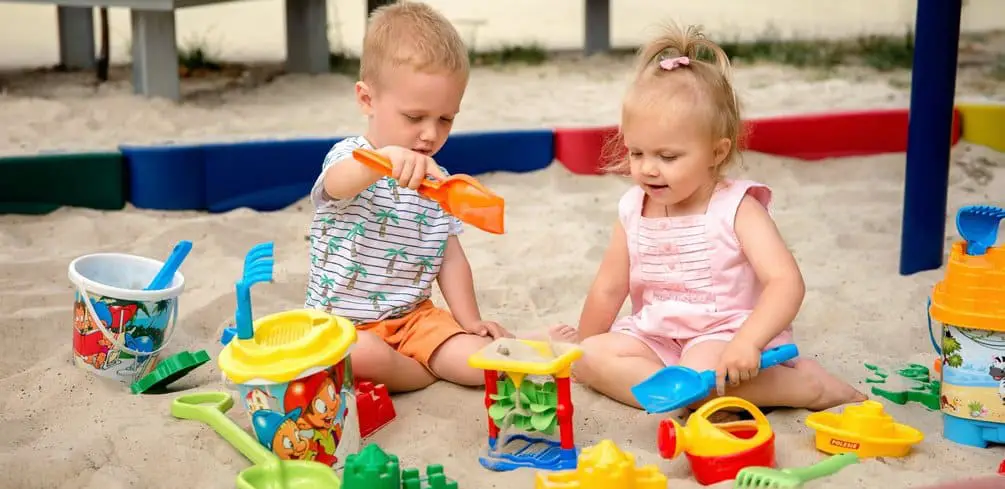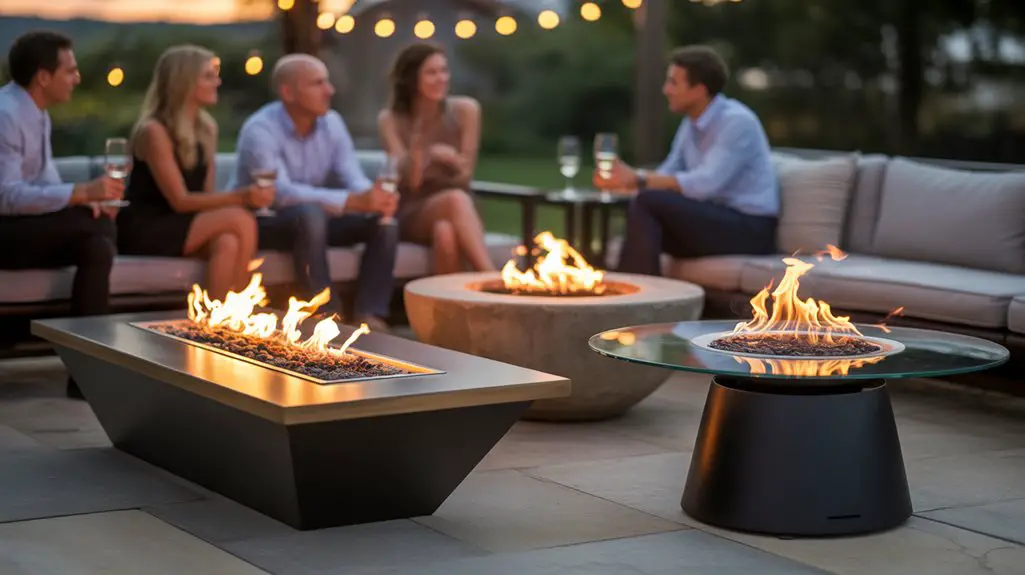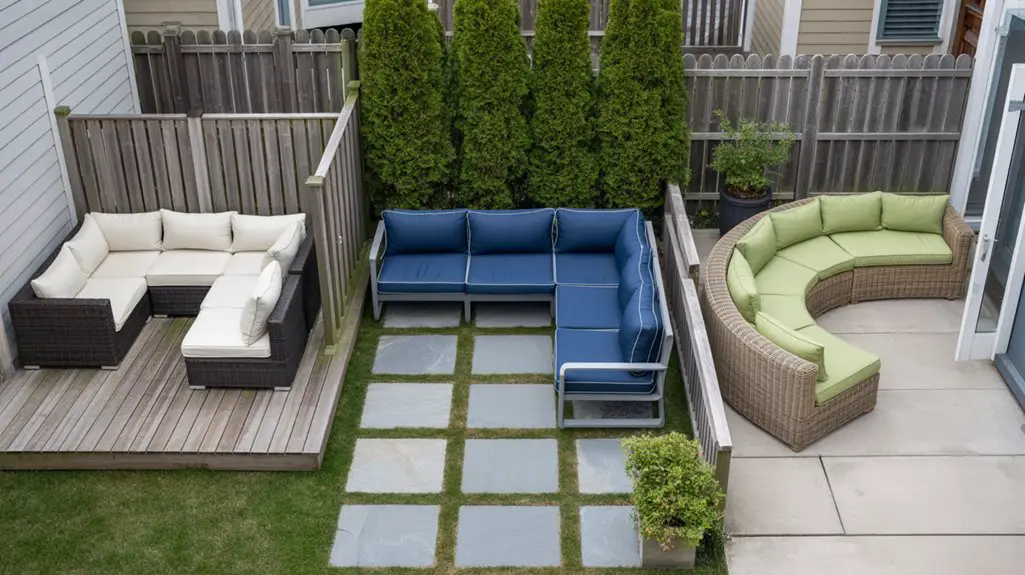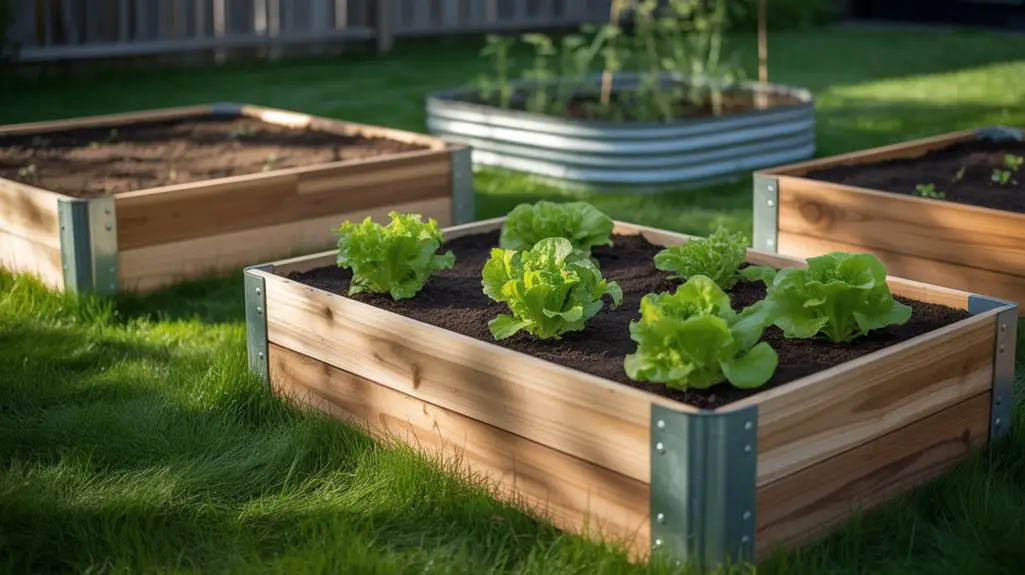Play sand is a crucial part of any playground as children use it in sandboxes. The main chemical composition of play sand is silica, which is any sand available on beaches. However, play sand undergoes a few processes to clean it and sift it so that the final product is soft sand.
Many parents don’t know how to choose the best play sand for their little ones. As a result, some parents have given up on finding play sand for their kid’s sandboxes.
By the end of this article, you will find the best sand for your playground and give your little one to pass some developmental milestones.
What is Play Sand?
Play sand is the fine sand that is found on sandboxes and playgrounds. Most play sand is naturally occurring on river banks and beaches.
After processing, the sand is ideal for use in sandboxes and playgrounds. However, some stores carry construction sand and sell it as play sand.
Characteristics of play sand include softness, cleanliness, the ability to build sandcastles, and small particles. Play sand looks like refined sugar with same-size particles that can clump when a child is creating something.
In summary, play sand is fine natural sand that is cleaned and sifted to remove the dirt. Therefore, it is safe for your little one to play with at any time.
However, you will have to take care of it to keep it clean when it is in your sandbox. Here is some info on Sandpit Safety Tips, Health, and Regulations.
How Is Play Sand Different From Construction Sand?
Construction sand is also known as sharp or building sand. It is mined in quarries and comes from pulverized stones.
You don’t want construction sand in your sandbox because it contains dirt, and the sand particles are sharp. In addition, the tender hands of your child will be scratched when they play with construction sand.
Construction sand comes with big particles with sharp edges. A child won’t build a sandcastle or anything using construction sand because it doesn’t clump together.
Consequently, building sand will only make your child’s clothes dirty, and it will hurt your child’s skin. Here is a list of different types of sand.
How is Play Sand Processed?
Play sand undergoes two processes before it is packaged and distributed to customers. First, most companies that sell play sand collect it on beaches or river banks.
Therefore, it had dirt and a lot of leaves, which is why companies sift the sand. Play sand is passed through small sifts to remove dirt and any larger particles.
The final product after sifting the sand is small, fine particles that still have some dust particles on them. Therefore, the next step is to clean the sand to remove any dust on it.
Play sand companies use pressurized water to clean the sand. The force of the water breaks any remaining large particles into smaller particles.
Once the sand is clean and dry, it is packed for distribution to hardware stores, toy stores, and gardening stores. Therefore, the best play sand shouldn’t leave any dirt on your child’s clothes or hurt their skin.
How to Test the Quality of Play Sand
You can test the quality of play sand at home with a few tricks to ensure you have the best play sand before pouring it on your playground or sandbox. You don’t need any fancy equipment to do the tests at home.
It will only take a couple of minutes to do each test in your backyard after purchasing a bag of play sand.
Dust Test for Play Sand
The dust test will help you identify whether the processing company cleaned the sand before it was packaged. Also, it is essential to perform a dust test if you have a child with dust allergies.
Play sand that passes the dust test won’t leave dirt on your child’s clothes when playing in the sandbox.
Here is how to perform a dust test.
- Fill four cups of play sand into a container.
- Take an empty plate and go outside.
- Place the plate on the ground.
- Hold the sand at waist length and pour it onto the plate.
- Watch out for any dust blowing away.
You can place the sand in the container and repeat the process to be sure. If you see any dust rising from the sand, then it wasn’t thoroughly cleaned.
You can choose to clean the sand or return the bag to the store.
Sugar Test for Play Sand
The sugar test is the best way to identify whether you are getting the best play sand. It reveals the kind of particles the play sand contains. It is an excellent test to show whether you have play sand or building sand.
It is a simple test you can perform in your kitchen with the following steps.
- Take a clean kitchen strainer.
- Scoop your play sand using the kitchen strainer.
- Strain the sand onto a plate.
- Check the size of particles left on the filter.
The best play sand will go through the kitchen strainer as refined sugar would. Building sand will leave large particles of different shapes and sizes on the sieve.
You can return any builder’s sand or use it for other uses.
Sand Castle Test for Play Sand
The sugar and dust test will tell you whether you got high-quality play sand or not. If you have high-quality play sand, you need to learn the sandcastle test.
Play sand needs to be the right amount of wet to build a sandcastle. Learning how to create an ideal sandcastle building with play sand that will make you a hero to your children.
Here are the steps to a sandcastle test.
- Wet the sand with a hose pipe.
- Scoop some wet sand and make a sand ball.
- Roll the sand ball in your hand for a while.
- If it breaks or cracks, you need more water.
- If the ball holds shape, your kids can make sandcastles with it.
Kids love making sandcastles, and you can make the soil suitable for making sandcastles. Overall, the sandcastle test is an easy way to ensure you don’t pour too much or too little water on the sand.
How to Sanitize Play Sand
Play sand companies don’t sanitize the sand after cleaning it or before packaging. Also, bacteria, mold, and other nasty stuff can grow in your play sand. It’s best to keep your sandbox and playset clean to avoid this.
So it would be best if you sanitized your play sand frequently to ensure your kids are safe. Homemade play sand sanitizers can be made with white vinegar or bleach.
Sanitize play sand with white vinegar or bleach with the following steps.
- Mix one part of white vinegar or bleach with water.
- Put the mixture in a spray bottle.
- Spray the top layer of your sandbox with the mixture.
- Rake the sand and let the sand dry.
- Repeat 2-3 times.
- Let the sand dry before kids play.
You can make it a habit to sanitize your play sand every day or every other day to keep it germ-free for your little ones. Also, it would be best if you covered the sandbox when it isn’t in use to prevent animals from getting into it.
How Often Should You Change Play Sand
It would help if you changed the play sand at least twice a year to be on the safe side. Children spend a lot of sandboxes and that can ruin the play sand over time.
Therefore, make an effort to buy new play sand every six months. You can change the sand before six months if you can afford it.
Care Instruction Tips for Play Sand
- Always rake the sand before kids play to remove any dirt or bugs. Also, raking it ensures that it is evenly distributed before kids jump into the sandbox.
- Sanitize the play sand frequently to kill any germs or mold growing in the sand.
- Ensure the sand is always dry before covering it. Then, you can rake the sand to bring the sand from the bottom to the top. Also, the sand can get exposed to fresh air and prevent it from stinking.
- Cover your sandbox whenever it is not in use to keep bugs and rodents. Animals can poop in sandboxes or make them their litter box.
- Ensure the sand doesn’t spill out of the sandbox and make a mess around your playground.
- Sift the play sand several times a week to remove any leaves, branches, and dirt. Keeping it in the sandbox for long without sifting will lead to the accumulation of dirt.
- Never allow kids to eat food, snacks, or juices in the sandbox. Food particles will attract bugs and rodents to your sandbox. You will end up with bugs and animal poop in the sandbox when they come scavenging for food.
- Change the play sand twice a year for sanitary reasons.
- It’s not recommended to store in your child’s room long term.
Conclusion
Play sand is made of silicon as it is a refined version of naturally occurring sand. However, play sand is cleaned and sifted to ensure that kids play with only the fine sand.
Cleaning removes the dust and ensures kids do not get dirty when playing in sandboxes. Parents should do tests on play sand to ensure they bought the best quality.
You should take care of your play sand and keep it clean so that kids don’t get in contact with germs. There are artificial play sands that are not made of silicon.
You want to go for natural play sand as it is safe for kids. In addition, it doesn’t contain any toxic materials like paint or bleaches.
Finally, if you want to try a different kind of sand we would recommend kinetic sand. It is very soft and offers no mess compared to other sands it is preferred.
Please be careful and use at your own risk
None of the authors, contributors, administrators, or anyone else connected with BestPlaygroundSets, in any way whatsoever, can be responsible for your use of the information contained in or linked from these web pages.




